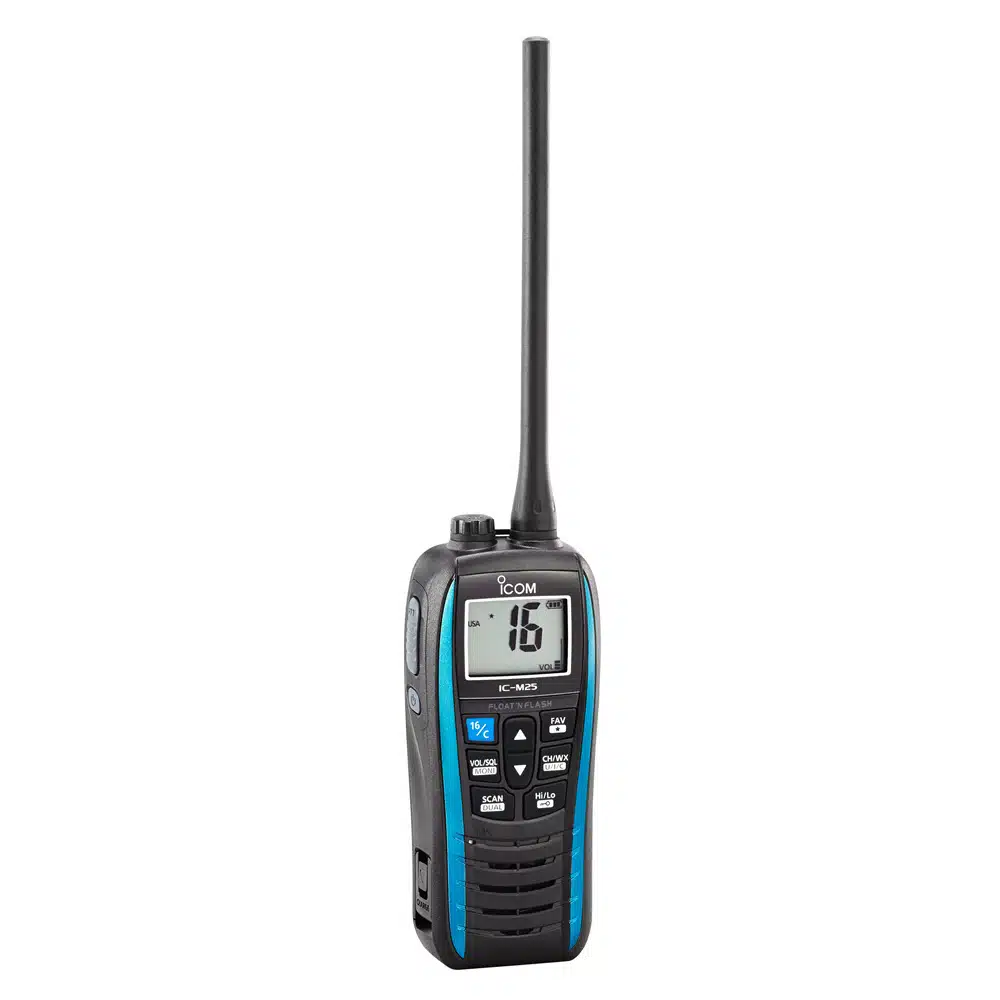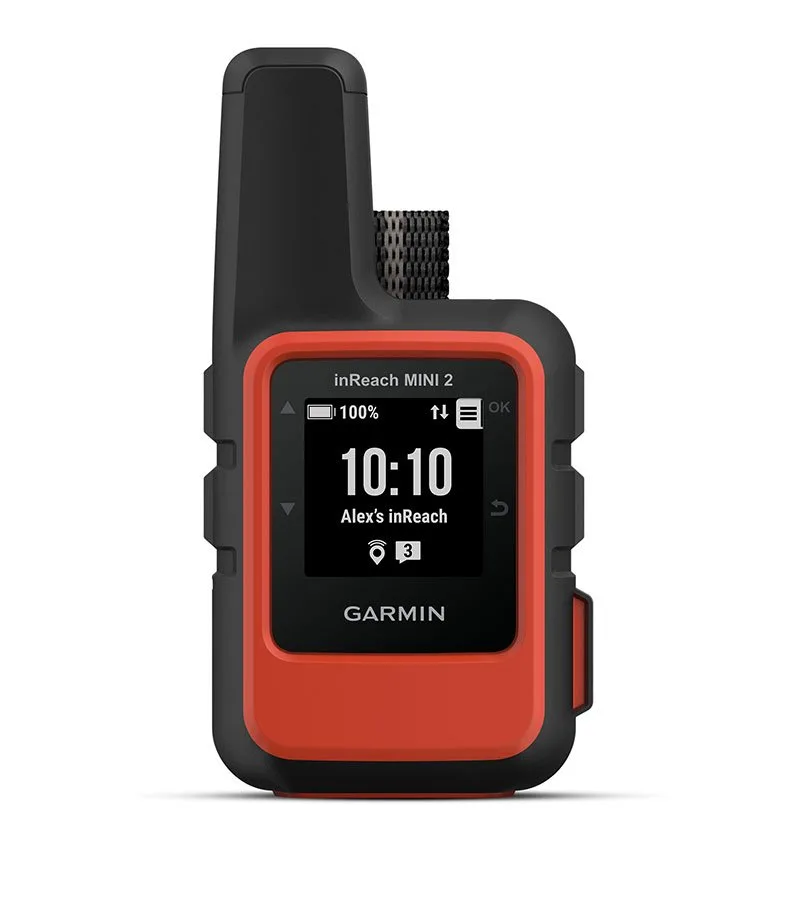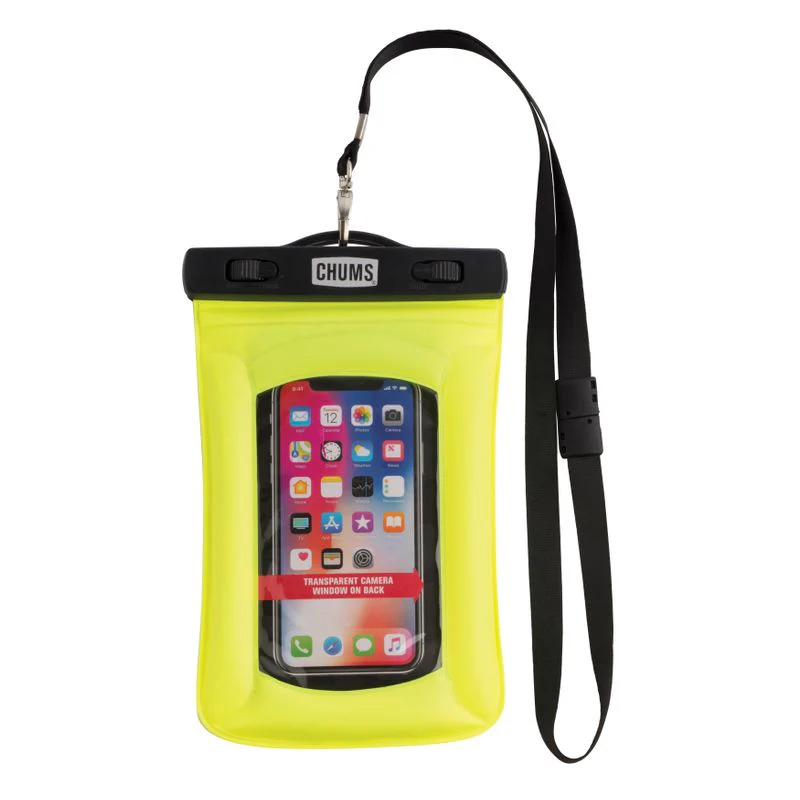Winter kayaking offers an exciting opportunity to explore serene waterways, often free from the crowds of warmer months. However, cold-water conditions present unique hazards that require extra caution and preparation. To ensure your safety while kayaking in winter, it's essential to be well-equipped and knowledgeable about the specific risks. Here are some best practices to follow for safe winter kayaking:

1. Check the Weather Forecast
Before heading out, always check the local weather forecast, paying close attention to:
Wind: Wind can make cold temperatures feel even colder and lead to quicker heat loss. It can also increase the chance of finding yourself upside down in your kayak.
Air Temperature: Extreme cold can increase the risk of hypothermia.
Water Temperature: Cold-water immersion is particularly dangerous in winter, and even a short exposure can be life-threatening.
Precipitation: Snow or rain can decrease visibility and make road conditions slippery.
It’s crucial to keep an eye on changing weather conditions. If conditions look dangerous or are supposed to deteriorate, consider postponing your trip.

2. Choose a Safe Location
In winter, tidal exchanges may be more significant, and extreme weather events are more frequent.
Check the tide and current tables for your paddling area: Locate the relevant tide and current stations for your area and be aware of how they will affect you as you travel along your route.
Choose lee features: Storms can come in more suddenly and can hit with more power in the winter. Try to choose paddling zones that are on the lee side of features like islands, headlands, and reefs.

3. Wear a Personal Flotation Device (PFD)
This one is obvious, as you should wear a PFD every single time you get on the water, no matter the season. But always wear a well-fitted, high-quality personal flotation device (PFD) regardless of the water temperature or your kayaking experience. In winter, cold water shock can incapacitate you in seconds, and a PFD may be the only thing that keeps you afloat if you capsize. Not to mention that the added insulation from the PFD will keep you warm on the water and during your snack breaks.

4. Dress for Immersion
Wearing the right clothing is key to staying warm and preventing hypothermia. Layering is the best approach, but always consider the risk of immersion in cold water. The following clothing recommendations will help you stay warm:
Base Layer: Wear moisture-wicking materials like wool or synthetic fabrics. Avoid cotton, as it retains moisture and loses its insulating properties when wet.
Insulation Layer: Fleece, down, or synthetic insulation (like Primaloft) will trap heat and help retain warmth.
Outer Layer: Waterproof and windproof gear, such as a dry suit, waterproof jacket, and pants, are essential for keeping you dry. You may also opt for thick neoprene if that is your preference (a minimum of 4mm is recommended for winter time and should be a full suit that protects your extremities from exposure). Layering is not as necessary if you are wearing a wetsuit or combination of neoprene pants and jacket.
Footwear: Insulated and/or waterproof boots are a must. If you are wearing waterproof boots, wool socks underneath are a must. Neoprene socks add extra warmth if you wear booties. All footwear should be sized appropriately to allow immersion gear to fit underneath and encourage blood flow to your digits.
Gloves and Hat: Cold hands and head can cause you to lose heat rapidly, so wear gloves designed for water sports (neoprene or waterproof material) and a thermal hat.
In addition, bring extra clothing in a dry bag in case your gear gets wet.

5. Ensure You Have Proper Equipment
Winter kayaking requires specialized equipment to ensure your safety:
Shelter: Bring a small tarp, bivvy sack, or bothy bag to help shelter you from the elements in case the weather picks up suddenly and you need to get off the water.
Insulation: Make sure you have a sleeping bag or emergency blanket and a foam pad or thermarest to get yourself up off the cold ground if someone gets injured or you need to rapidly re-warm a capsized paddler.
Fire-Starter Kit: Bringing along a lighter, matches, and some fire-starting materials like dryer lint or cotton balls may be the difference between a memorable winter paddling adventure and a survival situation.
Backcountry Stove and/or Hot Drink: Preparing a hot beverage like coffee, tea, or electrolytes is an easy way to make yourself more comfortable when you're out in the cold for an extended period. Either bring a stove, fuel, pot, mugs, and drinks, or pre-make it in advance and bring it along in a good quality thermos. Adding a little sugar into the drink will also help keep you warm because your body will metabolize the extra calories. There is nothing better than a steaming cup of tea under the tarp after a long morning of paddling in the cold.
Extra Layers: Immersion gear should be the first line of defense, but having a full set of extra layers in case you get wet is always a wise choice. Throw an extra toque, buff, and pair of gloves in as well and you will soon be everyone's favourite paddling partner.

6. Understand Cold Water Risks and Survival Techniques
Cold-water immersion can be deadly, so it's essential to understand the risks and how to respond if you end up in the water. Cold water shock can lead to an involuntary gasp reflex, causing water to enter the lungs and increase the risk of drowning. Hypothermia sets in faster in cold water, and a person may lose their ability to move or think clearly after just a few minutes of exposure.
Key survival tips for cold water:
Stay Calm: If you capsize, try to stay calm and get back into your kayak or onto your board as quickly as possible. Most kayaks are stable enough that you can climb back in, even in freezing conditions, with the right techniques.
Help Others: If you’re kayaking with a partner, make sure you know how to perform a wet exit and an assisted re-entry as both the rescuer and rescuee.
Bring Self-Rescue Tools: Bring along self-rescue tools like a rescue stirrup and paddle float in case you have trouble re-boarding your boat. Practice using these tools in safe conditions so you know what to do when it matters.

7. Paddle with a Group
Winter kayaking is riskier than in warmer months, so paddling with others is crucial. If you capsize or get into trouble, your chances of survival are greatly increased if there’s someone around to help. Make sure everyone in your group has the necessary skills and safety equipment.

8. Keep a Close Eye on Time
Daylight hours are shorter in winter, so plan your trip accordingly. Start early to ensure that you have plenty of time to paddle, explore, and return before it gets dark. The low sun angle can also reduce visibility, especially when it reflects off snow or ice, so bring a headlamp or flashlight just in case.

9. Have an Emergency Plan
In case of an emergency, make sure you have a clear plan for getting help. Know the nearest access points or roads, and let someone know your route and estimated return time. Always carry a mobile phone in a waterproof case, and if possible, bring a satellite messenger or a personal locator beacon (PLB) for more remote locations.
10. Know Your Limits
Winter kayaking demands a higher level of skill and preparedness, so always be honest with yourself about your capabilities. If you’re new to kayaking in cold conditions, consider taking a lesson from an experienced instructor. Avoid challenging conditions until you’ve gained the necessary experience and confidence.

Conclusion
Winter kayaking can be an unforgettable adventure, but it also comes with risks that require careful preparation and caution. By following these best practices—you can enjoy the beauty of winter kayaking while minimizing the risks. Remember, safety should always come first, and with the right preparation, you can have a fantastic and safe winter paddling experience.










Kommentare